Introduction
Painting exterior wood is more than just a cosmetic upgrade — it’s a critical part of home maintenance that protects wood surfaces from harsh weather, UV damage, and decay. Whether you’re refreshing a deck, siding, fence, or trim, the right technique and products can dramatically extend the life of your wood and boost curb appeal.
In this guide, we’ll walk you through everything you need to know about painting exterior wood, including preparation tips, product selection, and pro-level application techniques.
Why Painting Exterior Wood Matters
Exterior wood surfaces face constant exposure to the elements. Without proper protection, they can warp, crack, or rot. A high-quality paint job:
-
Seals out moisture
-
Protects against sun damage
-
Prevents fungal growth and insect damage
-
Adds visual appeal and value to your property
Step 1: Choose the Right Paint for Exterior Wood
Not all paints are created equal. For exterior wood, consider these types:
-
Acrylic Latex Paint: Durable, flexible, and resistant to fading and cracking. Ideal for siding and trim.
-
Oil-Based Paint: Offers a tough, glossy finish with excellent adhesion. Great for surfaces that experience wear and tear, like doors and railings.
-
Stains and Sealers: While not technically paint, they allow wood grain to show through and are perfect for decks and fences.
Tip: Look for paint labeled “Exterior” and “Weather-Resistant.”
Step 2: Prepare the Surface
Proper prep is key to a long-lasting finish.
-
Clean the Surface: Use a mixture of water and mild detergent or a specialized wood cleaner. For mold/mildew, add a small amount of bleach.
-
Remove Old Paint: Scrape off flaking paint, and use sandpaper or a sander to smooth the surface.
-
Repair Damage: Fill holes or cracks with exterior-grade wood filler and let it dry completely.
-
Sand the Wood: Ensure a smooth, paint-ready surface for better adhesion.
-
Prime the Surface: Use a high-quality primer designed for exterior wood. This helps the paint bond and improves durability.
Step 3: Apply the Paint
-
Choose the Right Tools: Use brushes for detailed areas and rollers for large surfaces. A paint sprayer can be efficient for fences or siding.
-
Apply Two Coats: One coat often isn’t enough. Apply the first coat, let it dry fully, then follow with a second for a richer, more durable finish.
-
Paint in Optimal Conditions: Aim for a day between 50°F and 85°F with low humidity. Avoid painting in direct sunlight or before rain.
Step 4: Maintain Your Painted Wood
-
Inspect Annually: Check for chips, cracks, or wear.
-
Touch-Up Promptly: Fix minor issues before they become major problems.
-
Clean Regularly: Gently wash the surface to prevent dirt and mildew buildup.
Final Thoughts
Painting exterior wood is one of the most rewarding ways to protect and enhance your home. With the right materials and a bit of care, your paint job can last for years — shielding your wood from damage while boosting your home’s beauty.
Need Professional Help?
Whether it’s a full repaint or a touch-up, our expert painters are here to help. Contact us for a free consultation on your next exterior wood painting project.

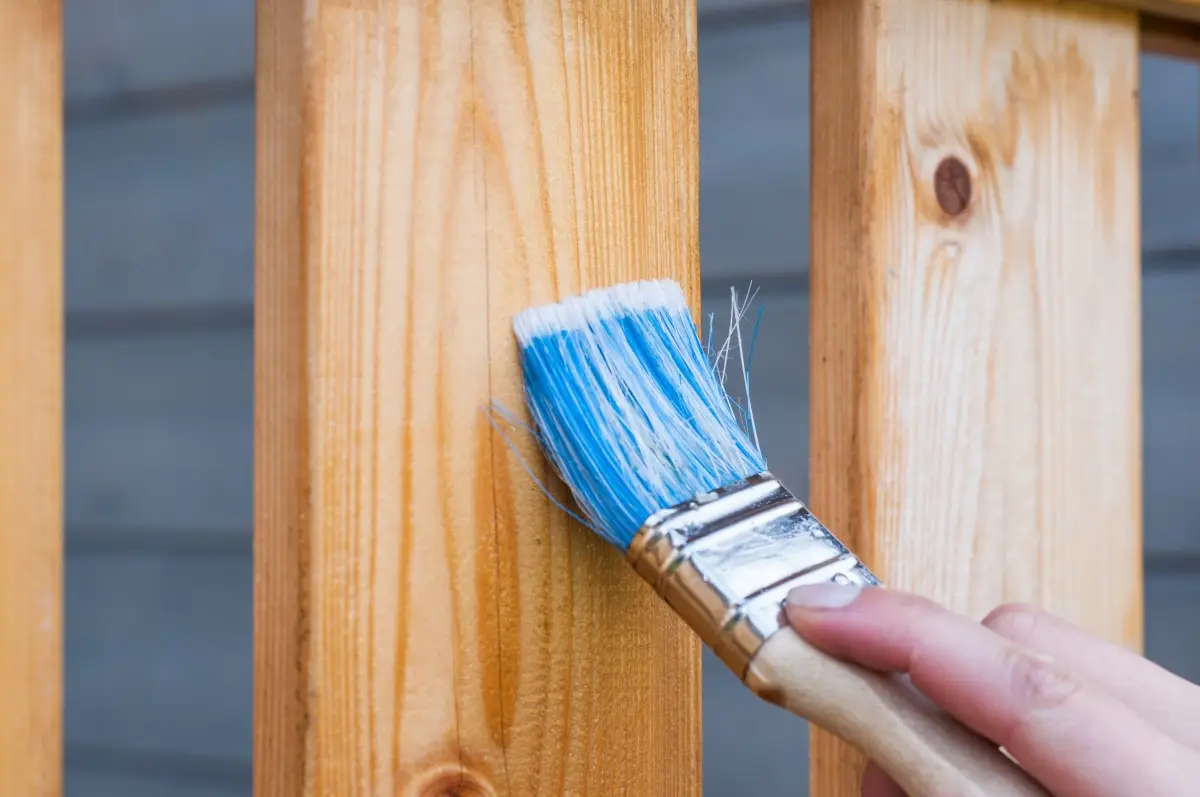
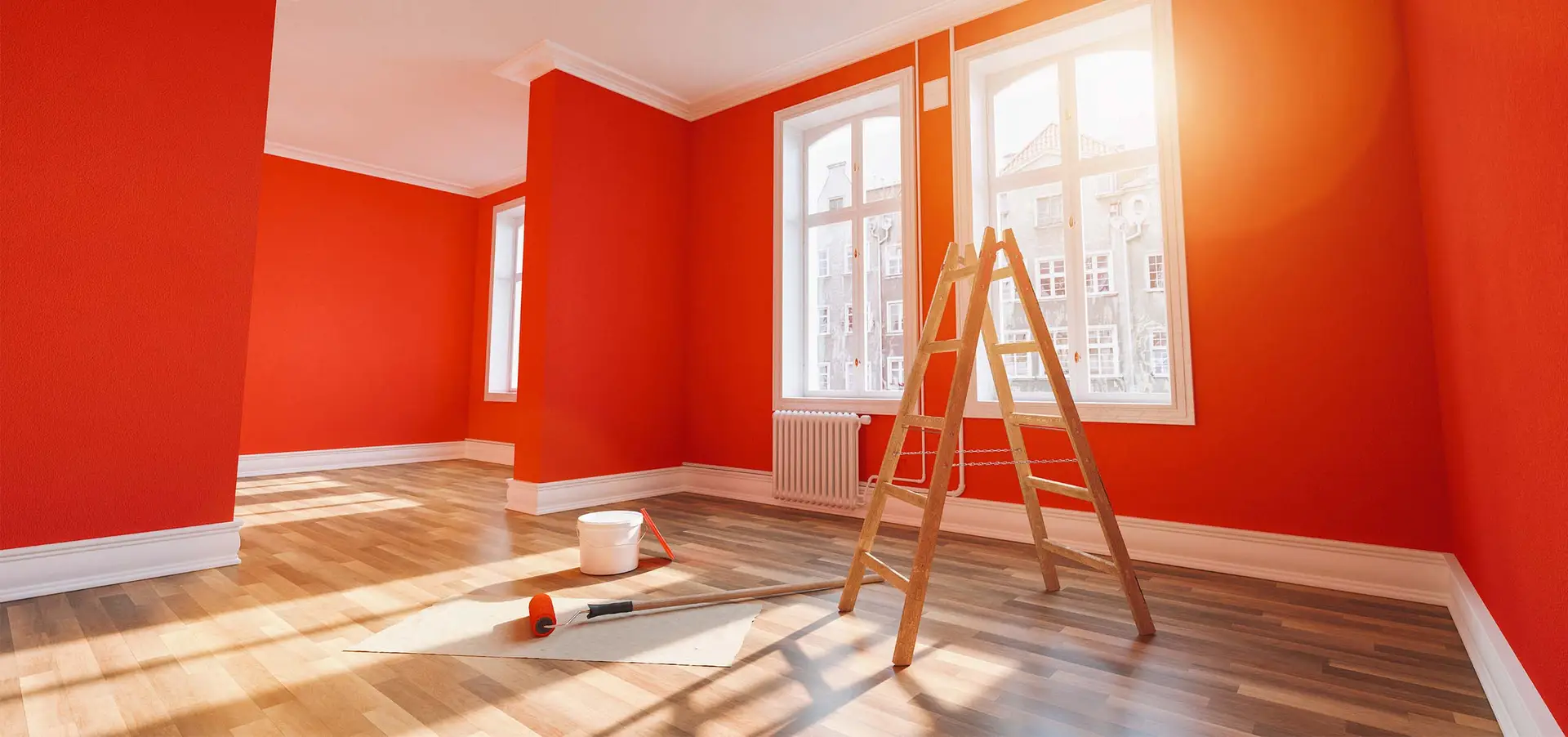
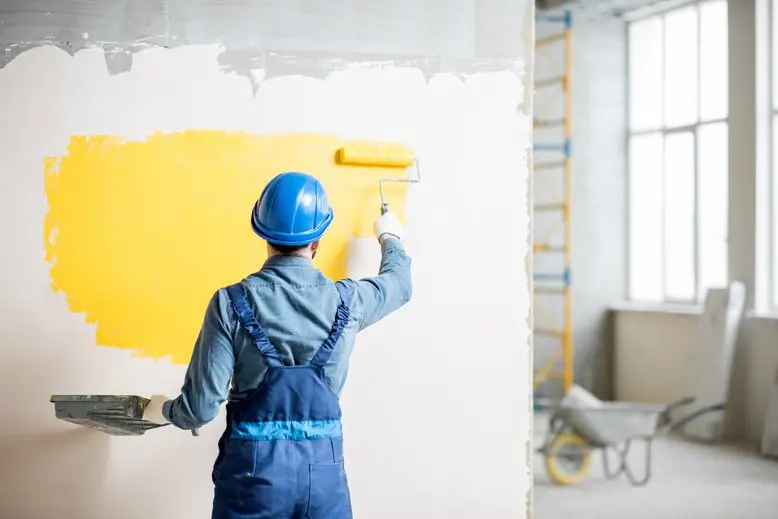
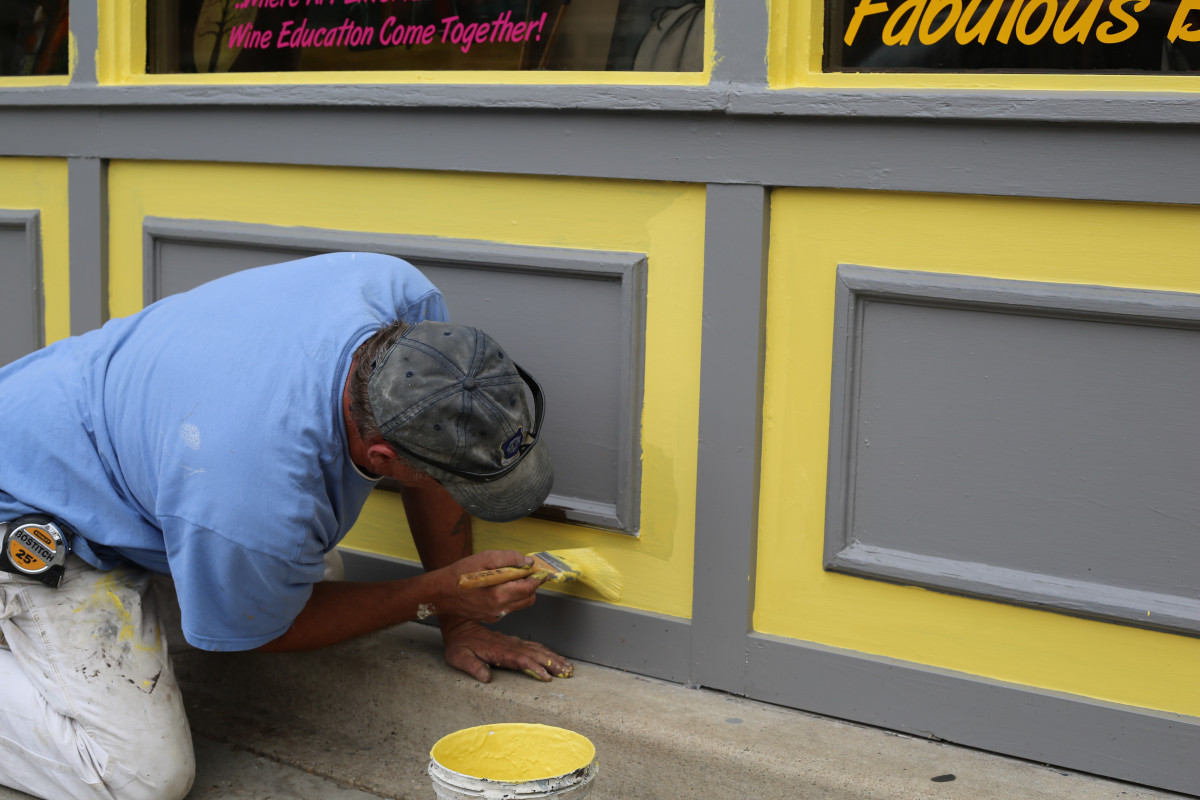
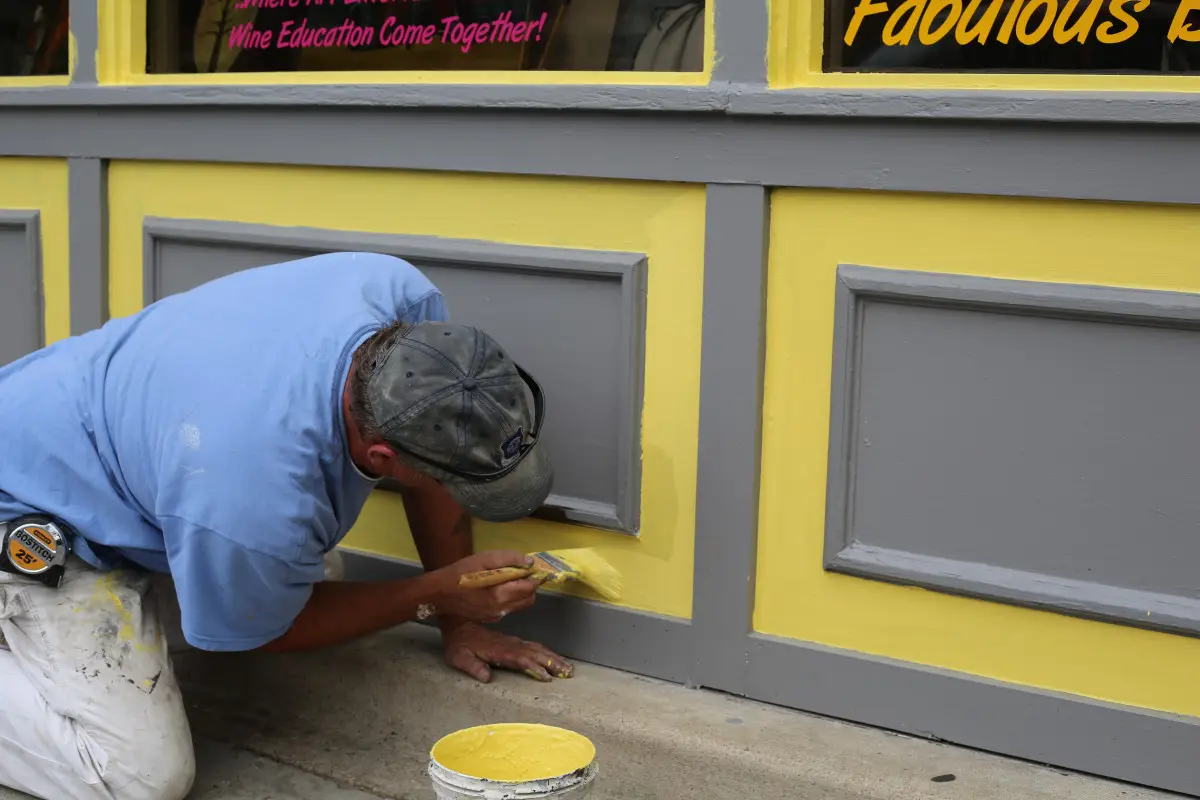
Leave a Reply